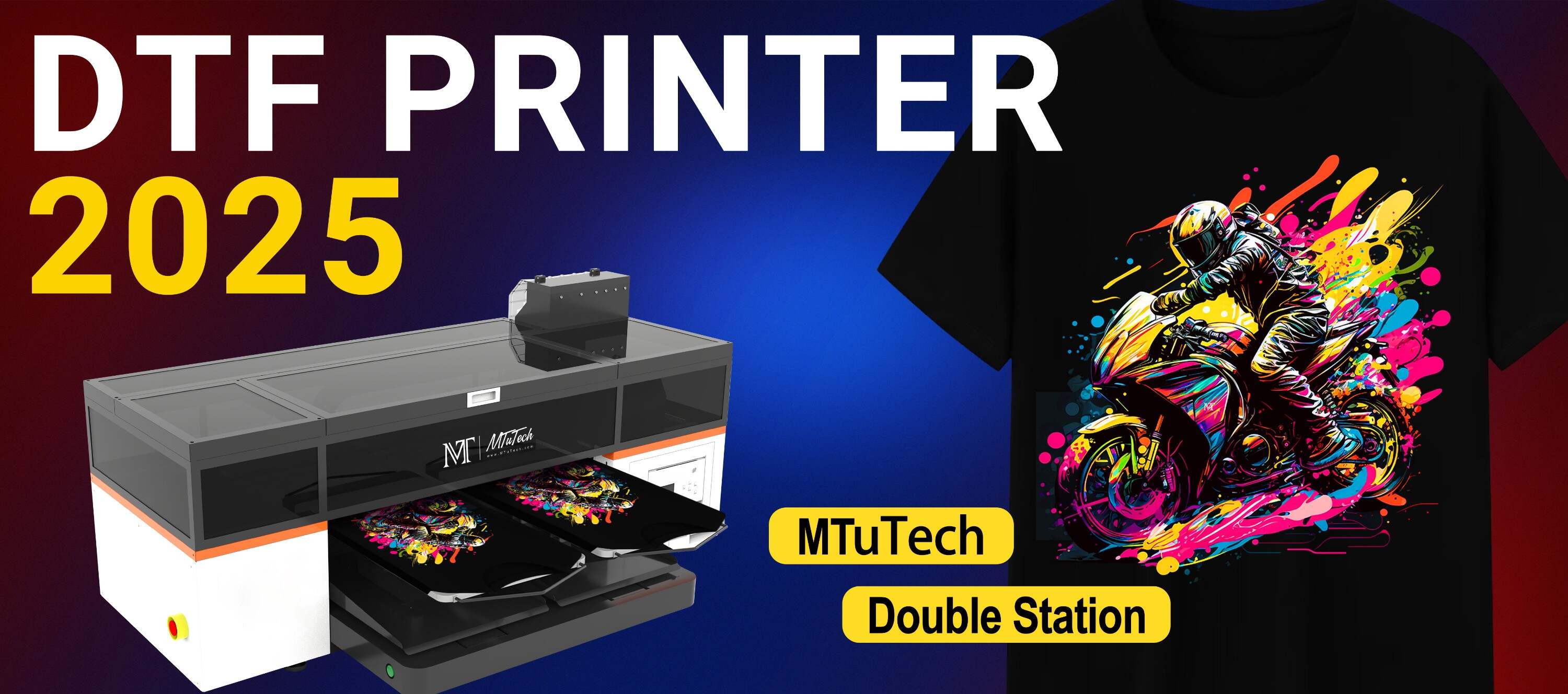Are you looking to provide an easy-to-understand explanation of Direct-to-Garment (DTG) printing to your customers? DTG printing is a digital printing technique that injects ink directly into the fabric of a garment, providing a high-resolution, colourful, and durable print. However, conveying the benefits and features of this sophisticated technology can be slightly complex if your customers aren't familiar with industry jargon. This blog post simplifies the concept, allowing you to relay the information about DTG effectively.
Introduction
Direct-to-Garment (DTG) printing is a method of printing graphics directly onto textiles and apparel using specialised or modified inkjet technology. Unlike other garment decorating methods like heat transfer or screen printing, DTG allows for high-detail prints without the use of transfers or stencils.
Essentially, the technique works similarly to a regular inkjet printer you might have at home. Although, instead of printing onto paper, the printer places the ink directly onto the fabric of a garment. As a result, the print can provide images with an exceptional level of detail and colour fidelity.
Benefits
DTG printing offers numerous advantages over traditional garment printing methods, making it a favoured choice amongst both printing businesses and customers who seek top-notch and durable prints. Some of these benefits include:
High Quality
The printing quality in DTG is outstanding. Since the method works like a standard inkjet printer, it can produce detailed, photorealistic images. The colours are vibrant and the prints can retain its richness even after multiple washes.Flexibility
DTG offers unlimited colour options and design possibilities. From complex rainbow patterns to detailed photographs, the lack of limitation allows for a broader scope of creativity.Fast Production
With no need for setups like screens or heat transfers, small orders can be fulfilled relatively quickly. This makes DTG excellent for on-demand or custom order setups.
Equipped with this knowledge, your customers are more likely to grasp the value they will receive from garments that are DTG printed, justifying the potentially higher cost compared to other printing methods.
Features
To help your customers better understand DTG printing, explaining the features of a DTG printer will be beneficial. By breaking down its functions into simple parts, your customers can gain a comprehensive understanding of DTG printing. Below are some key highlights:
Advanced Inks
The printers use water-based inks that are permeable by air, enabling the ink to blend smoothly with the fabric rather than sitting on top.Rip Software
RIP (Raster Image Processing) software provides superior colour accuracy. It interprets the image data and determines optimal ink delivery quantity to achieve accurate colour reproduction.White Ink Management
DTG printers are equipped with a white ink management system for opacity on darker fabrics, allowing prints to appear bright and crisp.
With such features, it's no wonder why high-quality DTG printers are highly sought after by businesses in the printing and fashion industries.
Conclusion
Direct-to-Garment printing is a sophisticated, digitally driven method that allows for high-detail, vibrant prints on a multitude of fabrics. Its innate advantages in quality and flexibility make it a preferred choice for small custom orders and fashion-forward prints.
By breaking down the benefits and features of DTG printing into simple terms, we hope to equip you with the knowledge to effectively explain this technology to your customers and lay the foundation for trusted and informative client relationships.
FAQ Section
What is the difference between DTG and screen printing?
While both are methods to imprint designs on fabric, they differ drastically in their techniques. Screen printing requires stencils (screens) through which the ink is passed. Each colour needs a separate screen, making it less suited for complex multicolour designs. On the other hand, DTG printing uses a printer to inject ink directly into the fabric, allowing for detailed, multicoloured image reproduction without using screens.
Does the ink fade after washing clothes that are DTG printed?
The fastness of the DTG print after washing highly depends on the quality of the ink used and the post-print care given to the garment. Generally, with proper care and quality inks, the prints tend to last long without significant fading.
Can any fabric be used for DTG printing?
DTG printers perform best on 100% cotton fabrics, but they can also print on a cotton blend relatively well. However, they do not work effectively on synthetic materials such as polyester.
What file formats are required for DTG printing?
High-resolution graphics files such as PNG, JPEG, or TIFF are ideal for DTG printing. It's key to supply a file with at least 300 dpi at the actual print size to ensure optimal print quality.

